Conservation Technology: Beware the Pitfalls
Jennifer Dowdell
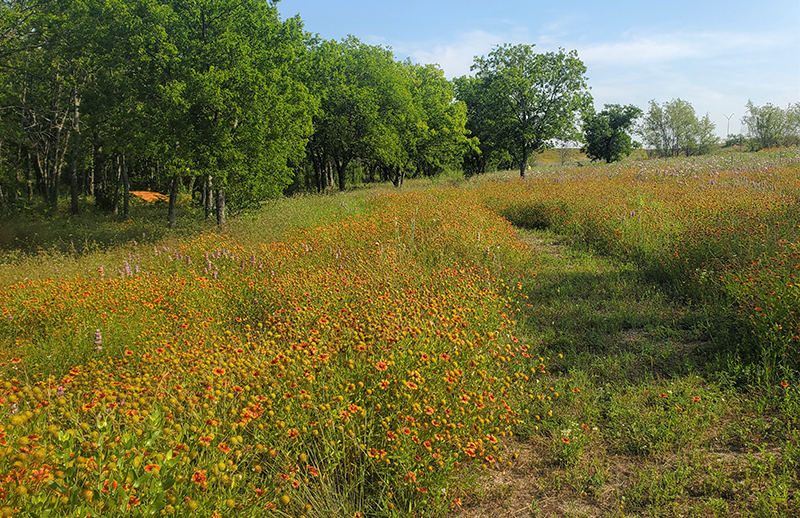
Earlier this year, when we discussed this issue of Leaf Litter as an editorial team, I found I was a bit distressed by the suggestion of a full-throated celebration of all things technological to solve the conservation, restoration, planning, and design challenges we face in our work. Theoretically, and in practice, I understood the value technology adds but I also felt strongly that there were a fair number of risks and pitfalls in turning to conservation technology as a panacea for all conservation and restoration work.
I’ll admit at the outset here that I’m a bit of a Luddite. While that term has become derogatory in contemporary times, there is value in recalling that the Luddites were, in fact, not against technology but opposed to some very specific applications of technology as the Industrial Revolution began to advance. In the early 19th century, new textile industry technology was being used to increase productivity at the expense of workers’ health, safety, and welfare—and in some cases, the quality of the product.

At the time, the Luddites astutely understood that many of the technological innovations being put into place were concentrating wealth and advantage amongst a few business owners while the working class was being taken advantage of, and they were protesting this. On the other hand, when they were engaged fairly in its applications and it helped strengthen the quality of their products, the workers saw value in certain innovations.
Similarly, I would argue that there is a space for technology in our work but it comes with great responsibility to be sensitive to its inherent risks and pitfalls.
As we see in some of the innovations discussed in this issue, conservation technology introduces significant value to our work, enhancing, innovating, and connecting it in ways we could not have imagined even a decade ago. It continues to provide us access to enormous amounts of data to inform and strengthen desired outcomes.
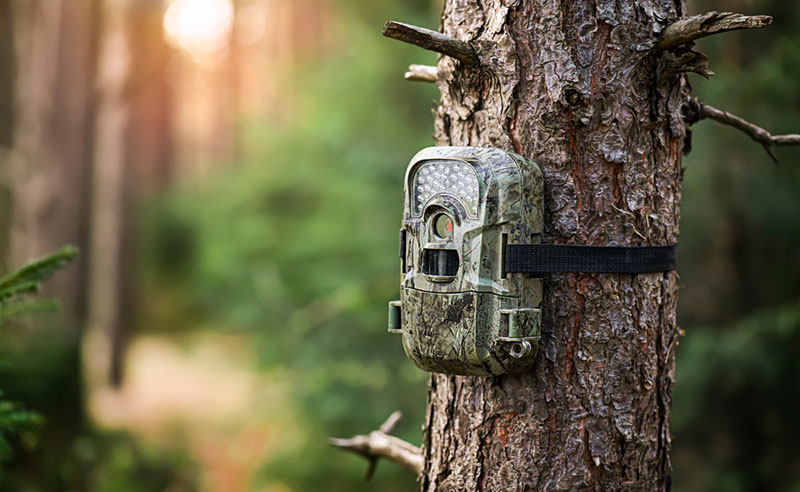
With satellite technology, automated data gathering, drones and camera traps, we have enhanced the levels of detail available, at a scale we could never possibly cover as humans in the field; with glimpses into populations of rare species so shy they are rarely seen.
The variety of datasets available provides a plethora of options for analysis and modeling, from species behaviors, to habitat shifts, to climatic conditions and beyond. We can delve deeply into the ecological history of a site and project forward into the future as change is hastened by shifting global climate patterns including sea level rise, enhanced storm intensities, drought, floods, and wildfire. We can assess conditions in very remote areas without the worry of enormous travel budgets and untenable carbon footprints. The work has begun to be more democratic through more universal access to simple open-source technologies on our smart phones, broadening participation potential for the global community and enabling more collaboration amongst scientists and local communities to navigate and innovate in support of significant transnational research. One recent example is an Aboriginal community in northern Australia who are using AI to catalogue ancient rock art motifs and locations in order to protect their heritage and their country. And ideally, quantitative data helps provide a foundation for informed decision-making based on hard facts, not qualitative subjective judgements.
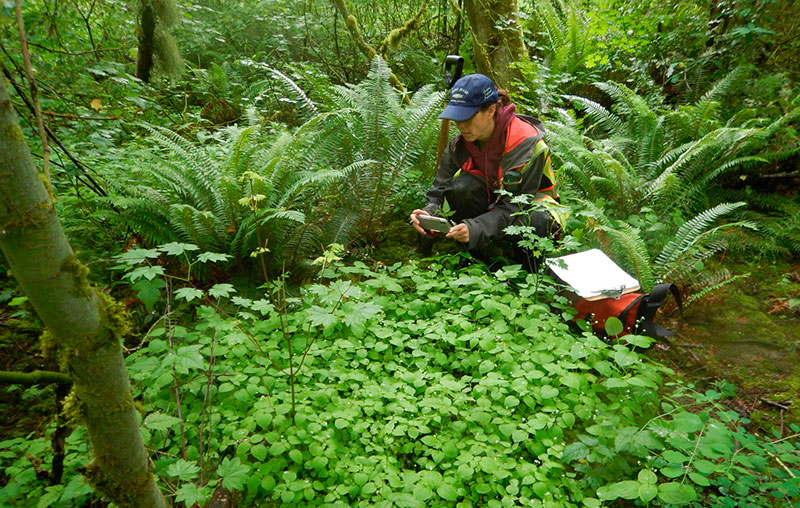
However, with each of these innovations comes inherent risks that must be addressed and acknowledged. Those same data collection methods that are increasing our capacity to do our work have an uglier side. The most egregious is the wide variety of harms that can come from mishandling the “bycatch” of human images (still and video) taken during the use of conservation surveillance tools like satellites, drones, and trail cameras/camera traps. These are well documented in a growing body of research on the ethics of conservation technology. Studies have illuminated, for example, the significant risks to privacy, as well as civil and human rights, due to the myriad ways “environmental” data has been catalogued, distributed, and used by authorities or others to subjugate communities and individuals. This leads to an even greater loss of trust in communities where we could benefit from stronger partnerships and local collaboration on research and stewardship efforts. There are risks associated with hacking and data security, where this data could be used in nefarious ways to block or disrupt conservation actions, and inform poaching and trafficking of rare species, rather than protecting the species of interest. Noise associated with drones or other surveillance tools can impact sensitive species, even as they introduce less intrusive techniques to minimize our footprint. And worryingly, as with AI and the current artists striking for equal protections, the more digital tools performing our work, the fewer jobs for folks in the community, if citizen science and other local stewardship efforts are not equally enhanced.

There are other risks less focused on data, software, or hardware and more concerned with the philosophical approach underlying the way technology is used or programmed for data collection. We risk the potential loss of traditional knowledge pathways (practices, language, storylines) that may not fit the format of Western science frameworks driving today’s data gathering. We risk losing the intellectual muscle we have honed through our personal and professional growth if we put more reliance on machines to identify, recall, and categorize the natural world and its features. As much as we might have dreaded the part of our studies where we had to provide the scientific names, there is inherent value in learning to read and understand the landscape through intuition and practice: the flora, fauna, and processes that characterize life. If we lose that language, we potentially lose a very specific connection to nature.
Perhaps most heartbreaking for me is the fear that if we stop being present in nature to perform our work, we will lose a visceral connection to the life force underlying these systems. We will miss out on experiences in the natural world that allow us to see it more intimately and holistically.
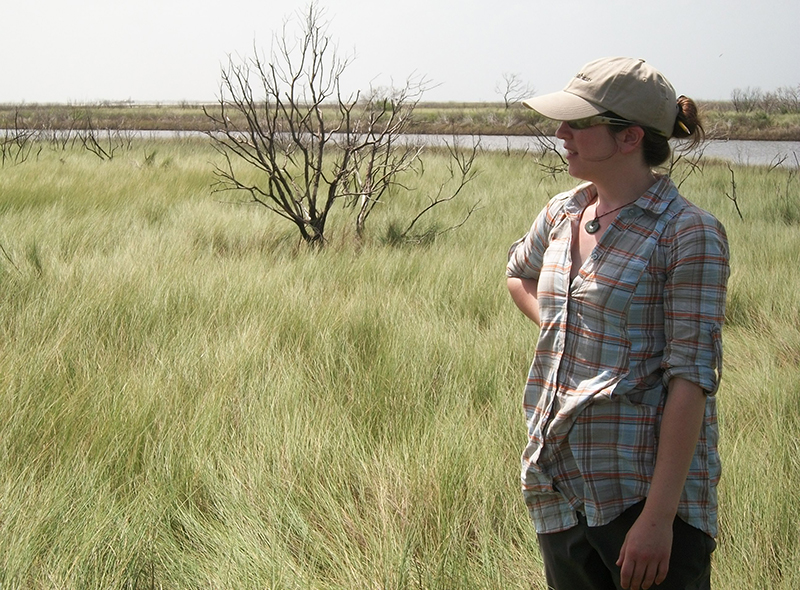
When we view flora and fauna through the lens of the inanimate screen, we risk losing our connection to lived experiences that trigger a deeper response. Seen on a two-dimensional computer interface or a hand-held device nature’s intricacies are oftentimes divorced from the essential life force that animates them. There is a risk of perceiving these systems or species as separate from our lived experience, if we don’t check ourselves in a world increasingly framed by smart phones and other digital devices. Similarly, our reliance on technology can lead to a deepened sense of arrogance and all-knowingness when a healthy dose of humility is actually necessary to recall our humanity is tied inextricably to the ecosystems within which we live.
The ancient Celts in Ireland would describe spaces in the landscape where the elements and nature arouse a sense of something greater as a “thin place,” where the veil between the real and the sacred is barely there, where we have “glimpses of the divine”[1]. It is in those moments that we perhaps feel a connection to an essential sense of being and belonging – and a deep responsibility to protect.
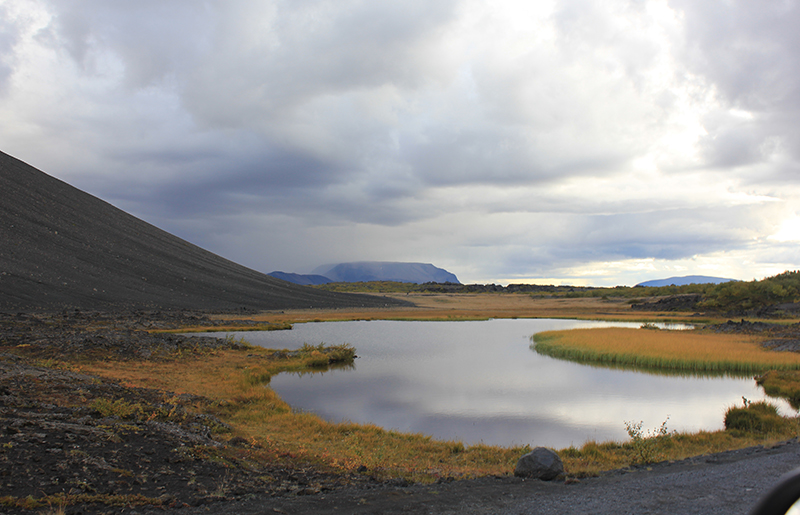
As those on the front lines of conservation and restoration, we should be experiencing the wildness of nature with all of our senses, interpreting and assessing through elements as unique as smell, taste, temperature, texture, as well as the visual cues of the space or species. We should be trying to find ways to make that full-bodied access as universal as possible, while still respecting the sensitivity of nature and its need to thrive.
We also typically perform our work in community with others, learning together, observing and experiencing nature and bouncing ideas and perceptions off of one another. This cultivates a deeper sense of connection to each other and the land, reinforcing our responsibility as stewards and a sense of reciprocity as described by Robin Wall Kimmerer – scientist, writer, and enrolled member of the Citizen Potawatomi Nation.
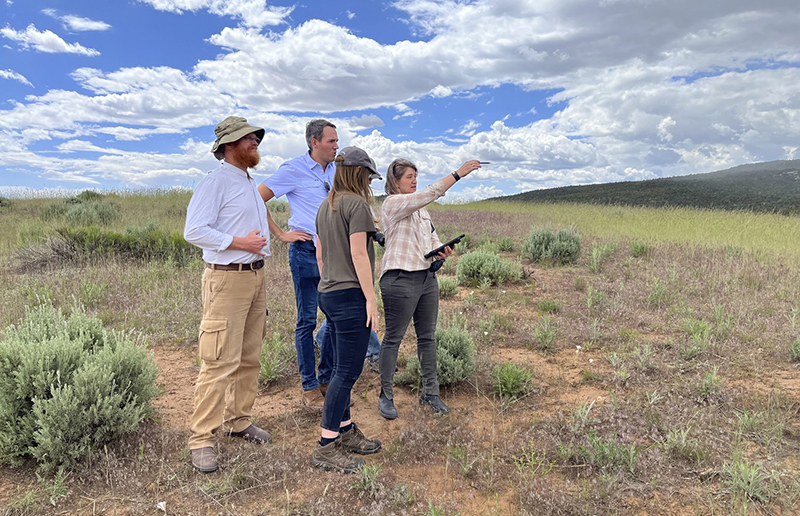
Upon returning from our field work in north Texas, as my colleagues and I began preparing our observations to deliver to our client, we quickly realized our technology had failed us. The field app we’d used to document our observations of the unique remnant prairie, streams, and wetlands had experienced an internal software bug and all photos had been lost (the bug would later be fixed and the images retrieved a few months later, but not in time to deliver our work). Thankfully, we had taken a handful of photos on alternative devices and we relied on the good humor of a very understanding client who willingly went out to the prairie before sunrise a few weeks later, as temps crept into the low 100s, to take photos to fill in the missing pieces.

Leaning heavily into the visceral experiences of the day helped us shape our reflections and narrative observations and apply them to existing maps and to the research we’d done prior to the site visit. In the end we were able to deliver a detailed report that provides the basis for future planning, education, and conservation efforts of the property. The experience served as a prescient reminder that technology can fail but our experiences in nature can fill in the gaps and perhaps create an even more compelling conservation strategy.
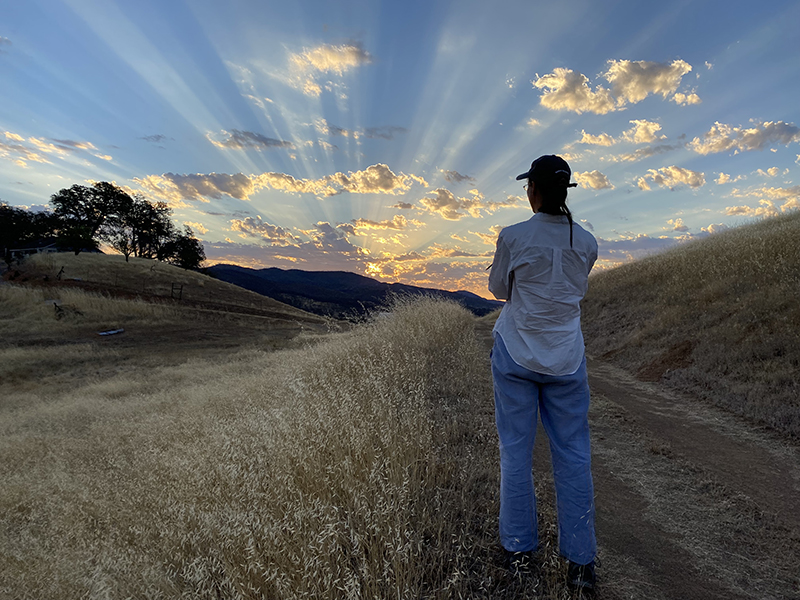
In closing I offer a few considerations for rules of engagement in the use of conservation technology as we continue this work:
- Always be circumspect about the promise of technology: it is not a silver bullet.
- Include technology as part of a holistic approach to promote and advance conservation and restoration.
- Learn more about the ethics issues in order to be thoughtful in using the technology.
- Actively support the development of regulations, oversight, and enforcement of a conservation technology ethics code (national and international) and then adhere to them. And prioritize privacy, civil and human rights (especially of marginalized communities) in the development of these codes and laws around the use and administration of conservation technology.
- Seek to use and share data and approaches via open-source access for software and data sets (i.e., WILDLABS.net).
- Perhaps most importantly, get outside in the wild, wherever you live and work, and connect to the life force that animates our desires for a resilient world.

A further note of inspiration and reflection:
There is much to be gained from the writings of Robin Wall Kimmerer, Terry Tempest Williams, Barry Lopez, Robert MacFarlane, and Judith Schwartz. These “nature writers” are scientists, journalists, philosophers, and advocates for the natural world who write creative non-fiction based on deeply personal experiences in nature combined with insights gained from subject-matter experts and data. They challenge their readers to consider our role and responsibility in conservation, stewardship, protection, and restoration – in person and in connection with the wild. I highly recommend these as a starting point:
- Braiding Sweetgrass by Robin Wall Kimmerer
- Artic Dreams and Horizon by Barry Lopez
- The Hour of Land: A Personal Topography of America’s National Parks and When Women Were Birds by Terry Tempest Williams
- Landmarks and The Lost Words by Robert Macfarlane
- Water in Plain Sight by Judith Schwartz
[1] https://www.nytimes.com/2012/03/11/travel/thin-places-where-we-are-jolted-out-of-old-ways-of-seeing-the-world.html
